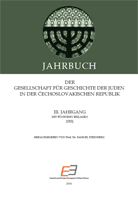
We kindly inform you that, as long as the subject affiliation of our 300.000+ articles is in progress, you might get unsufficient or no results on your third level or second level search. In this case, please broaden your search criteria.








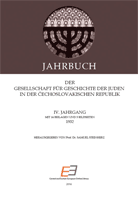




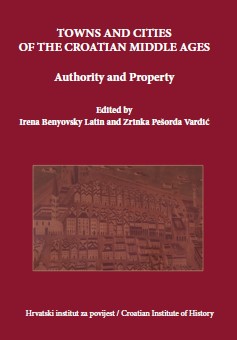
From the ancient times, the Una valley (along with that of River Vrbas) was an important traffic and communication route connecting Pannonia and the eastern Adriatic, and it maintained this crucial function throughout the Middle Ages. This favourable geostrategic position led to the foundation of settlements in the Una valley during the medieval period, including the towns of Dubica, Kostajnica, Vodičevo, Zrin, Otoka, Krupa, Ostrožac, and Bihać, which were built at a distance of around 30 kilometres on the average, which was a day of journey for the merchants’ caravans.
More...
When discussing Vinodol’s past, one must keep in mind the antiquity of this geographic region, which becomes evident at the very first glance – the clear shape of the valley that stretches from Križišće towards the southeast, surrounded in north and south by mountains belonging to the Bitoraj-Viševica massif. At the same time, one should keep in mind that this geographical situation of Vinodol does not entirely correspond to the former Vinodol municipalities or towns. As it is known, the term “Vinodol towns” includes eight municipalities from Trsat in the northwest to Ledenice in the southeast, which together with Novi (Vinodolski) sums up to the nine towns of medieval Vinodol.
More...
Exploring the property relations in a medieval city is often the only way to re-construct the financial status of citizens or families. In Central European cities, a citizen’s wealth was closely related to his political power, i.e. his administrative functions and honours, which is why social topography is essential when reconstructing the socio-political status of individual citizens. The urban elite of Zagreb’s Gradec is a representative example of such urban elites. Same as in other Central Europe-an cities, the urban elite of Gradec consisted of wealthy merchants, craftsmen, and members of petty nobility, all of whom can be identified as owners of various estates, urban houses, or land plots in the municipal territory. Owning real estate in the city was the basic prerequisite for obtaining civil rights, which were required in order to join the city administration. Therefore, ownership was closely related to authority in medieval Gradec. Nevertheless, this research focuses on ownership over a single type of property – the palace – as the most representative private possession, at least in principle. Naturally, we could not avoid raising the issue of what the term actually denoted, but since the analysis is mostly based on archival records, the final decision and definition have been left to art historians and historians of architecture.
More...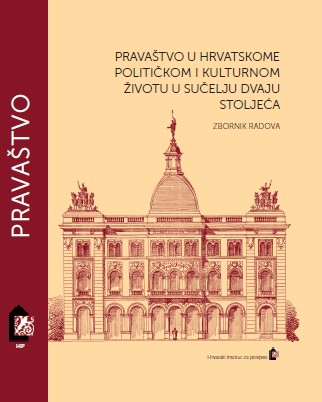
The first prominent ‘Rightists’ in Dubrovnik during the last decade of the 19th century were Ivan Matešan and Stjepan Čubretovic, instructors at the gymnasium, as well as Roko Mišetić, a doctor at the hospital. Their political activities were taken up and further expanded by Frano Supilo, at onetime the prefect of the agricultural department in Gruž, and later the founder, publisher, and editor of the ‘Rightist’ Dubrovnik weekly Crvena Hrvatska. In cooperation with Pero Čingrija, the Dubrovnik leader of the National Croat Party, Supilo aimed his political activity squarely at the coalition of the pro-Italian and Serbian parties, who since 1890 had dominated the municipal administration in Dubrovnik, negating the Croatian identity of Dubrovnik and directing it away from Croatian political ideas. This vehement struggle culminated in 1899, when the municipal administration in Dubrovnik came into the hands of Supilo’s ‘Rightists’ and Čingrija’s Nationalists, advocates of Croatian political ideas. The ‘Rightists’ proved to be the deciding factor in this struggle, who by their determination and conviction maintained the course and intensity of the struggle.
More...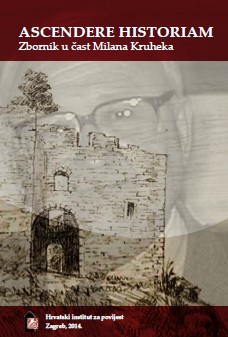
In this paper, the author presents the new evidences on the life and beneficium (dotation) of Vid Ostojić-Marinić, the bishop of Krbava, who originated from the medieval Croatian nobility of the island of Korčula. Based on the archival sources, the author has depicted the beneficium of the last bishop of Krbava diocese, who was remembered in the local historiography of the 18th and 19th centuries as the constructor of the altar of St. James as well as of the pulpit in the cathedral in Korčula. As it was recorded in the medieval sources, Bishop Ostojić decided to construct the pulpit “in order to save his soul as well as the souls of his deceased, successors and heirs”. Bishop Vid Ostojić was a son of Ostoje Marinić, who was elected in 1403 as member of noble deputation of the community of Korčula to King Ladislas of Naples. The beneficium of Bishop Ostojić existed from 1456 to the end of the 19th century, more precisely to the 1894, when it was sold to Franko Ostojić, the bishop’s descendant, for the amount of 298 florins. Finally, for the first time, the coat of arms of the Bishop Ostojić from Blato as well as the family genealogy are presented in the paper. This coat of arms was made in the high quality renaissance workshop in the middle of the 15th century.
More...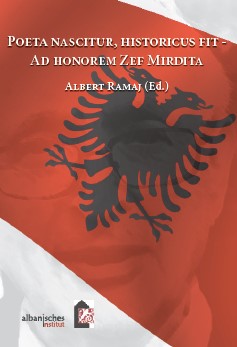
U neposrednoj blizini grada Zadra u Dalmaciji smjestilo se naselje Arbanasi, koje je dobilo naziv po katoličkim Albancima koji su se onamo doselili iz okolice Skadarskoga jezera u prvoj polovini 18. stoljeća. Sve do današnjih dana sačuvali su doseljeni Arbanasi svoje gegijsko narječje, kao i mnoge značajke narodne kulture.
More...
Historia e migracionit shqitpar është e lidhur ngushtë me historinë e popullit shqiptar, të njejtën kohë edhe me historinë e Kishës katolike te populli shqiptar, përkatësisht me shpërn-guljen e shqiptarëve të besimit katolik në vende e ndryshme të Evropës, por edhe në botë. Shpërngulja e shqiptarëve të besimit katolik ishte një sfidë e re institucionale për kishën vendore, sepse përmes shpërnguljeve individuale apo edhe ndonjëherë kolektive nga vendlindja në vendet e ndryshme, ishte nevojë dhe kërkesë e besimtarëve katolik të shqitparëve, sepse ata në vendet ku jetonin kishin nevojë të kenë edhe shërbimet fetare në gjuhën amtare.
More...